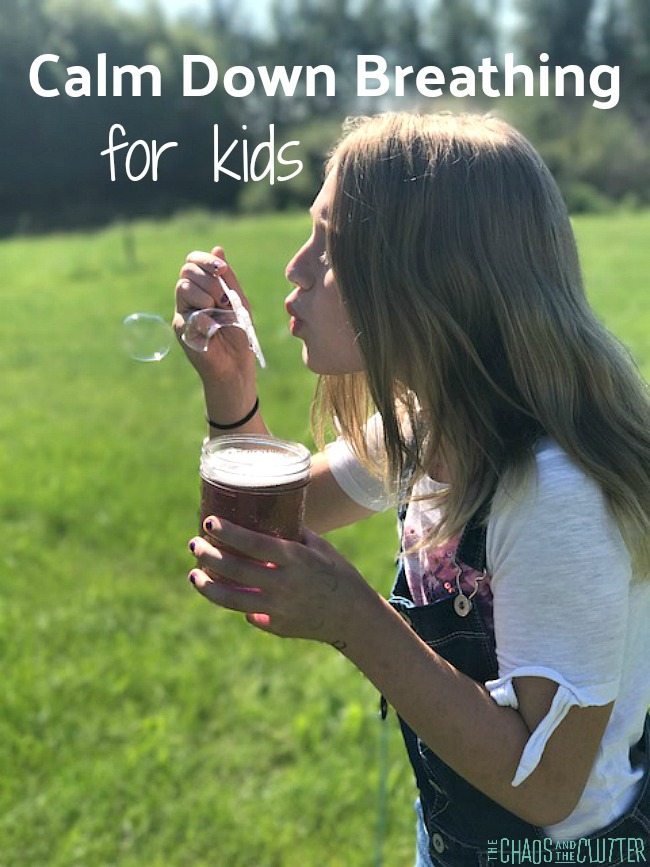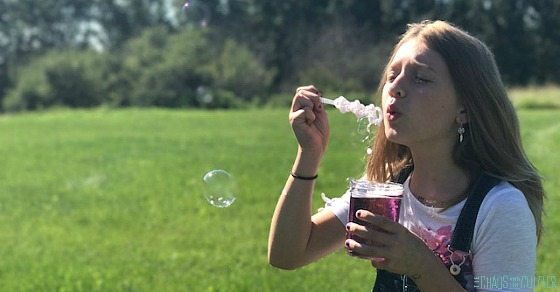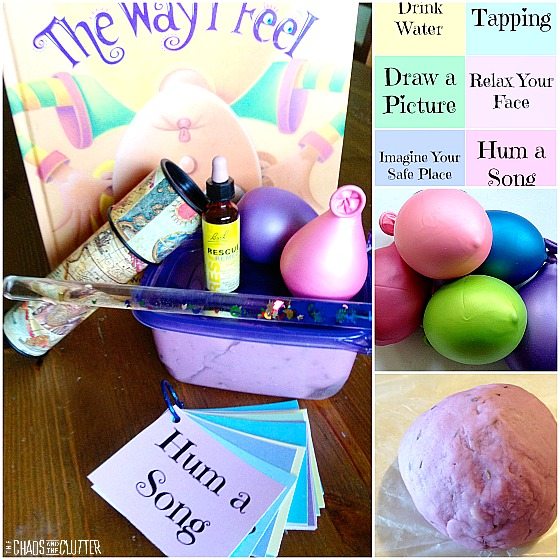Teaching your child a few simple calm down strategies can make a big difference. The most basic one and perhaps the most important is breathing. Calm down breathing is a skill that is very effective when a child is under stress, struggling with anxiety or having a meltdown.
 Deep breathing has been scientifically proven to combat stress and anxiety. It is used in meditation and yoga. With children, calm down breathing is an essential technique to learn to help with self-regulation.
Deep breathing has been scientifically proven to combat stress and anxiety. It is used in meditation and yoga. With children, calm down breathing is an essential technique to learn to help with self-regulation.
When a child goes into their fight, flight or freeze response, their heart rate increases and their breathing becomes rapid and shallow. This decreases the oxygen to their cells, which obviously does not improve brain function in the moment. This makes it all the more important to practise good breathing technique and get that oxygen flowing well again.
These three calm down breathing techniques are extremely effective and easy to learn.
3 calm down breathing techniques:
- Have your child put their hand on their stomach and feel the rise and fall while they breathe.
- Have them inhale for 4 seconds, trying to fill their “belly balloon” with air, hold the breath for 2 seconds and then exhale.
- Teach them to breathe slowly in through their nose, out through their mouth. The best way to teach this method is to have them make eye contact with you and do it at the same time as you while you give them the verbal cues of “in through your nose” and “out through your mouth”. I find this one especially helpful during a meltdown.
Teaching breathing techniques should be done while your child is already calm and can concentrate. Ideally, if you practise breathing techniques often enough, they become motor muscle memory and will be easier for your child to access during times of distress.
When they are distressed, you can give them scripts (“in through your nose, out through your mouth”, “fill your belly balloon” or “let’s breathe”) to help them along. These should be short and simple.
Blowing bubbles through a bubble wand or doing bubble painting is another way to practise calming breathing so that that motor muscle memory kicks in when those moments of fight-flight-freeze occur. Blowing softly to spin a pinwheel is another good way to practise calm down breathing.
Join me for a free 5 part email series, Little Hearts, Big Worries offering resources and hope for parents.
 You can read about other calm down methods for kids here and get the relaxation prompts which are so helpful once your child learns how to use them.
You can read about other calm down methods for kids here and get the relaxation prompts which are so helpful once your child learns how to use them.
